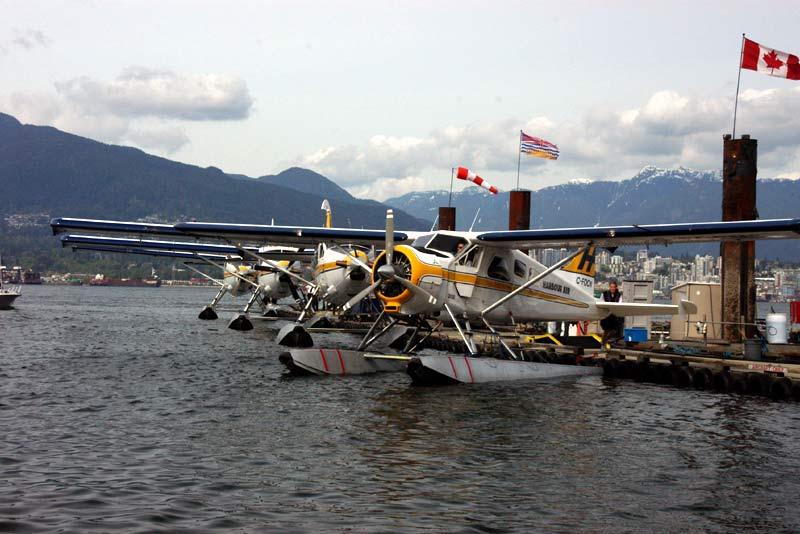
Originally Posted by
DeanoH

Was'nt Victa an Autralian company that couldn't get start up finance to build here so went to NZ instead? Our loss NZ's gain.
Deano
Not quite - they are an Australian lawnmower company that decided to get into aviation. They took the winning design of a competition run by, I think, the RVAC, for a training aircraft, the Millicer Airtourer, and converted it to all metal construction. It went into production in the late fifties, I think, initially with 100hp, later with 115hp, and was quite successful.
In the mid sixties they attempted unsuccessfully to get protection against a flood of Cessna 150 imports. They had started on a four seat version, and also an Airtourer with 150hp and constant speed prop. The former was certified but none produced, the latter went into production.
Following failure to get protection, Victa sold the whole business to AESL in NZ. They commenced manufacture of the Airtourer in 115 and 150hp versions, and redesigned the four seater as a two seat military basic trainer, which went into production as the Airtrainer, with the major customer being the RAAF, although it was also sold to several other customers, I think including the RNZAF and Malaysia. Following the completion of the military contracts, civil sales proved to be fairly thin and the company eventually foundered. The Airtourer Owners Association I believe bought the tooling and manufacturing rights from the receivers.
The Airtourer is unusual for a modern training aircraft in that it is aerobatic. Also unusual is the high wing loading, which is achievable by having full span flaps - conventional flaps plus drooping ailerons plus a split flap under the fuselage. All flying controls are operated by push-pull rods rather than cables for no lost motion or spring. Also unusual is the sliding canopy and the use of a single control column between the seats with two throttles/pitch controls, at each side of the instrument panel. Flaps are manual by a lever on the left wall of the cockpit. Seats are fixed, with adjustable pedals. There are no toe brakes, braking being by a handle at each side of the panel. The lack of differential braking is not noticed - the nosewheel steering has a link to the rudder pedals.
John
John
JDNSW
1986 110 County 3.9 diesel
1970 2a 109 2.25 petrol




 Reply With Quote
Reply With Quote



 That's damn good flying...
That's damn good flying...
Bookmarks